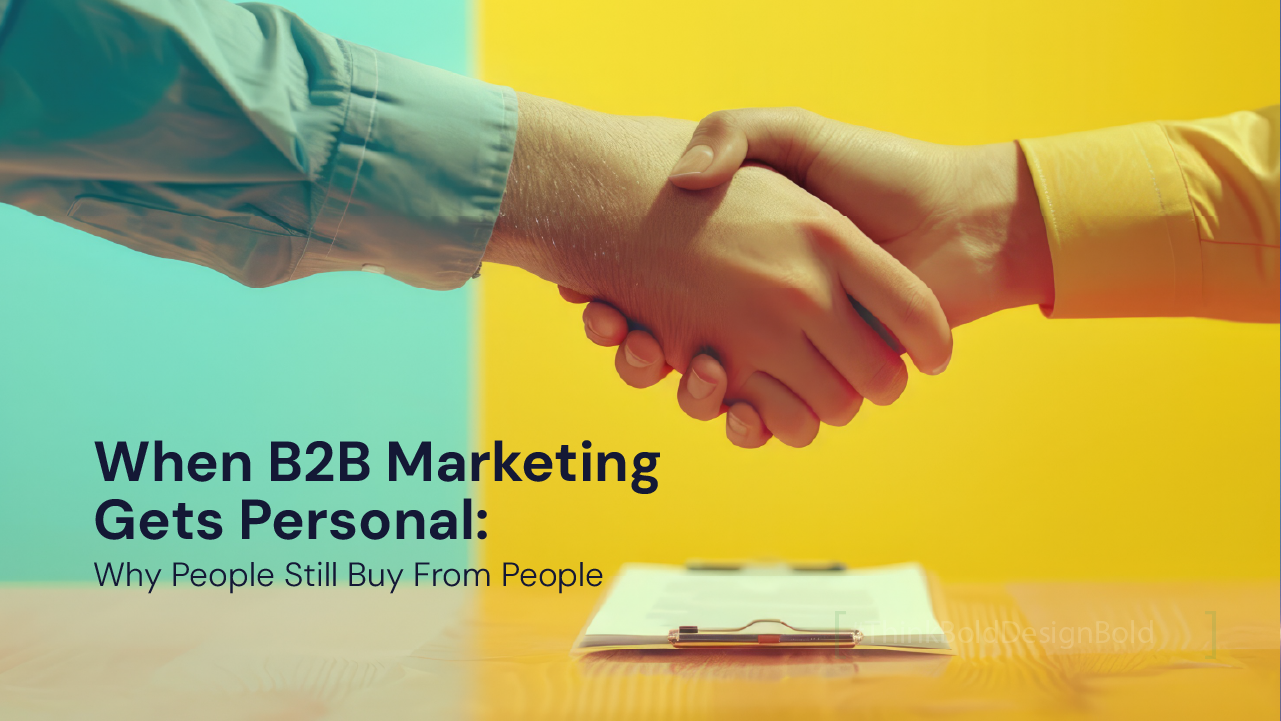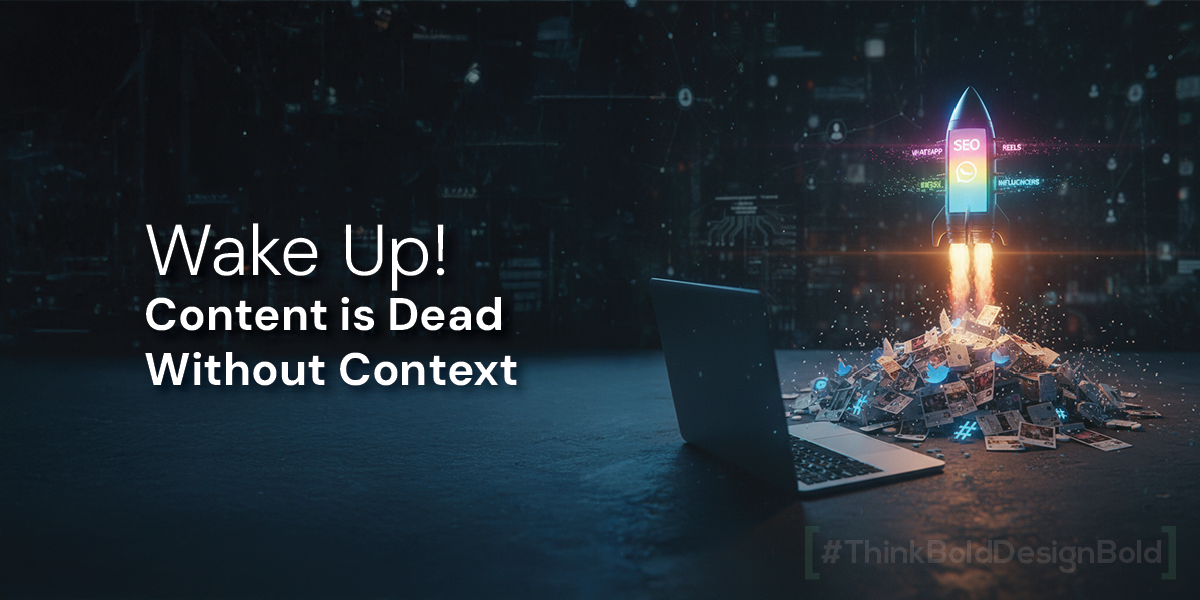It’s 2025. Everyone’s online. Everyone’s marketing. Everyone’s “the best in the business.”
So how do people decide who to believe?
Simple — they go with the brand that feels real.
In an age of filters, fast trends, and sponsored everything, authenticity has quietly become the most valuable brand asset. And in India, where emotion drives choice, ethical and transparent branding is now the difference between being liked and being trusted.
Why Authenticity Matters More Than Ever
There was a time when glossy ads could sell anything. Not anymore.
Today’s audience can spot exaggeration faster than a skip ad button.
A recent Kantar India survey showed that 78% of Indian consumers are more likely to buy from a brand that is “honest about its practices and purpose.” They don’t just want quality — they want honesty, empathy, and accountability.
That’s why brands like Tata, Amul, and PaperBoat continue to enjoy loyalty across generations. They don’t sell products; they sell principles.
Amul never pretends to be elite. Tata never brags. PaperBoat doesn’t push hard sales — it evokes emotion. That’s what authenticity looks like.
What Ethical Branding Really Means
Ethical branding isn’t about corporate charity or fancy sustainability claims. It’s about doing business responsibly and communicating transparently.
Here’s what that looks like in practice:
- Honest Messaging: No overpromises, no exaggerations. Just truth.
- Fair Representation: Using real people, not stereotypes.
- Sustainability in Action: From sourcing to packaging, showing real change.
- Respectful Advertising: Selling without manipulation.
- Community Consciousness: Giving back, not just cashing in.
Example: FabIndia proudly promotes local artisans and sustainable fabrics instead of hiding behind Western aesthetics. That’s ethical branding done right — purpose over polish.
India’s Changing Consumer Mindset
The Indian market is no longer naive. Consumers are more aware, vocal, and connected than ever.
- Over 900 million smartphone users means every misstep can go viral.
- Gen Z and Millennials (65% of India’s population) are socially conscious and prefer purpose-driven brands.
- Urban buyers are reading labels, checking origins, and calling out greenwashing.
They’re not impressed by “100% natural” until you prove it. They want receipts, not taglines.
This shift is forcing brands to slow down, simplify, and be sincere — because once authenticity is lost, no campaign can buy it back.
The Indian Way: Why “Being Real” Works Here
India thrives on personal connection and stories. Our culture values truth and intention.
When a brand admits a mistake, shares behind-the-scenes stories, or showcases its people, it instantly feels relatable.
Think of Parle-G. No fancy ads, no celebrity faces. Just the same yellow wrapper, the same humble tone — for over 80 years. It’s not nostalgia; it’s trust built on consistency.
Or Khadi India, which once struggled to feel modern but re-emerged with honest storytelling around local craft and sustainability. The tone stayed sincere — that’s what won people back.
Being “real” isn’t a Western import; it’s deeply Indian.
How Brands Lose Authenticity (and How to Avoid It)
❌ 1. Over-Branding Everything
Audiences don’t want brands that speak like robots. Every post doesn’t need a slogan. Sometimes, silence or sincerity performs better than shouting.
✅ Tip: Talk like a person. Use words you’d say in conversation.
❌ 2. Pretending to Be What You’re Not
Many startups copy the voice of bigger brands or Western trends. But audiences quickly sense imitation.
✅ Tip: Find your brand’s own dialect. Are you witty, warm, or wise? Stick to it.
❌ 3. Misusing “Cause Marketing”
Posting once about the environment doesn’t make you sustainable. Purpose isn’t seasonal.
✅ Tip: Pick one cause that aligns with your business and stay consistent.
Example: Dabur has consistently tied health, nature, and heritage together — never just during World Environment Day.
❌ 4. Over-Editing Reality
Every image doesn’t have to be perfect. Overly staged photos, over-edited reels, or fake testimonials can kill trust.
✅ Tip: Use real visuals, behind-the-scenes clips, and authentic customer stories.
How Ethical Branding Pays Off
- Trust Lasts Longer Than Trends: Authentic brands outlive fads.
- Customer Loyalty Increases: People forgive errors when they trust intent.
- Word of Mouth Strengthens: Real stories are shared stories.
- Higher Retention, Lower Churn: When values align, relationships last.
A Nielsen study found that 66% of global consumers (including 73% in Asia) are willing to pay more for products from brands that show genuine social commitment.
So yes — being good is also good for business.
The Power of Transparency: Learning from Indian Examples
- Tata Group – Ethical leadership, social impact, and employee-first values since 1868.
- Amul – Farmer-owned cooperative model that built national trust through decades of transparency.
- Biotique – Promotes “100% botanical” formulas, sharing sourcing stories openly.
- Forest Essentials – Positions itself as “Luxury Ayurveda,” but explains ingredients, rituals, and heritage honestly.
Each of these brands sells authenticity differently — but consistently.
What Small and Medium Businesses Can Do
You don’t need a massive CSR budget to be ethical. Start with these:
- Show your makers: Whether it’s a craftsman, coder, or delivery team — highlight the people behind your brand.
- Simplify your claims: Say what you can deliver; nothing more.
- Be clear with pricing: No hidden costs, no fine print.
- Respect culture and diversity: Avoid stereotypes; embrace inclusivity.
- Respond, don’t ignore: Address feedback publicly — silence kills credibility.
- Stay consistent: Don’t jump causes; stay loyal to one belief.
How DarkBox Helps
At DarkBox, authenticity isn’t a campaign — it’s our compass.
We help brands uncover their real identity and express it across every platform.
From logo and packaging to digital storytelling, our goal is to make brands sound like themselves, not their competitors.
For example, when we rebranded a traditional manufacturing client, we didn’t give them fancy slogans or futuristic icons. We built their narrative around craft, family, and consistency. The result? More trust, more engagement, and more referrals.
We also guide clients on transparent communication — from “About Us” copy to “Our Process” pages that feel conversational and honest. Because when your story comes from the heart, marketing doesn’t feel like marketing anymore.
The Bottom Line
The next era of branding belongs to those who can look their customers in the eye and say, “This is who we are — and we mean it.”
Authenticity isn’t a buzzword. It’s the bridge between your brand’s promises and your audience’s faith.
In India, where trust travels faster than trends, ethical branding isn’t just good practice — it’s good business.
And when done right, it doesn’t just sell — it builds belief.





